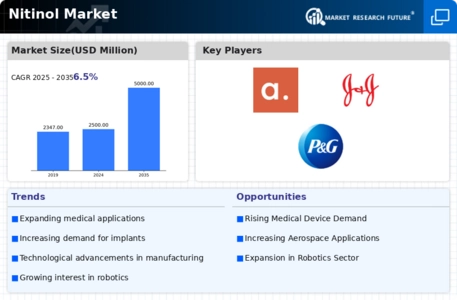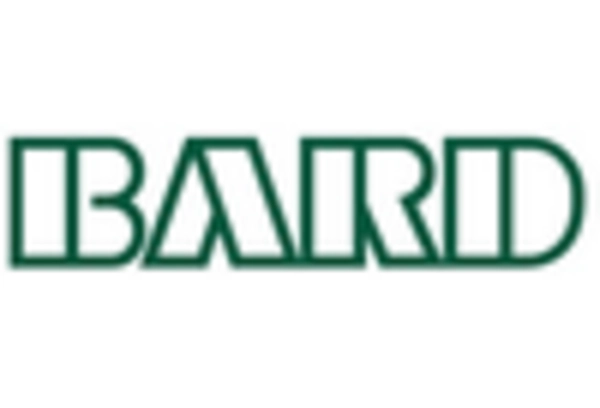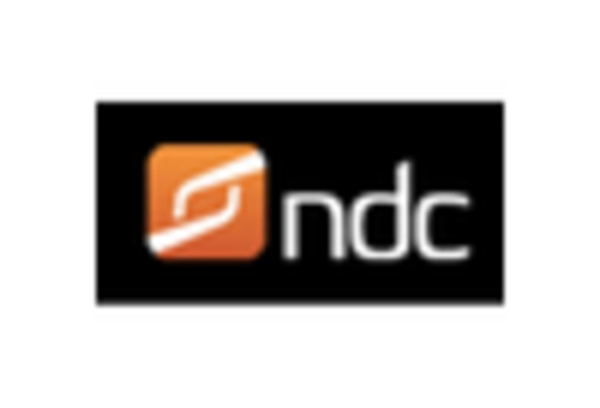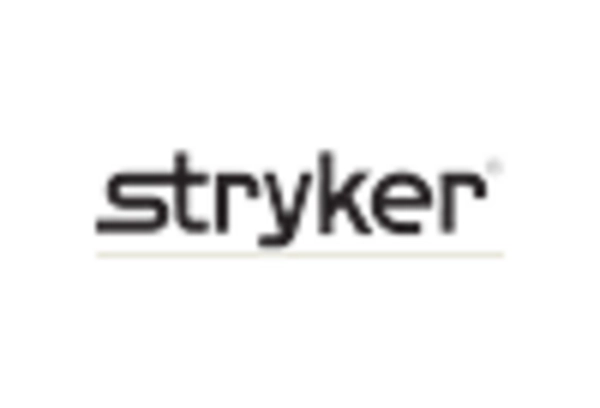Market Analysis
In-depth Analysis of Nitinol Market Industry Landscape
The Nitinol market, essentially, with its unique characteristics of Nitinol alloy at its base, has been always undergoing the continuous stream of changes in the market dynamics. It is the shape memory properties and superelasticity of Nitinol, a nickel-titanium alloy, that make it a material of critical importance in manufacturing many products throughout industries. Technical innovations, increasing applicabilities, and developing customer sentiments share the dynamics of the market.
The technical developments are absolutely the major force which molds the Nitinol market. Therefore, there has been the continuous discovery of alloys and improvement in the manufacturing techniques which has led to the better performance and efficiency of shape memory alloys – that is Nitinol. These kind of innovations expand the lines of applications and thus heat up the competition between market players concerning who ameliorate their inventions and keeps in front of this changeable landscape.
The forces of the Nitinol market expansion, in addition, may not cease to slow with the broadening use of the alloy in different industries. Initially applied for stents and guidewires building for medical devices, nitinol has quickly moved into the aerospace, automotive, and consumer electronics industries. The versatility of applications in the renewable energy generation industry has further opened the gate for renewable energy sources to be utilized in a variety of sectors, which has, in turn, demonstrated an increased level of demand. Multidimensionality of Nitinol, in its turn, stimulates the search for new approaches to the production, which results in the market being rearranged.
With the changing consumer behaviour, we can see an increase in tendency to buy a product that provides strength, flexibility and durability at the same time. Nitinol is an ideal example of the material meeting the application's requirements and so it has been the preferred choice for many applications. The market dynamics are additionally affected by this change in consumers’ preferences which, on the other hand, drives the industries to incorporate Nitinol to satisfy the audience hunger for high performing materials.
The other major influence on the market dynamics of Nitinol is the phenomena of global economy. Shifts in currency exchange treads, trade policies and geopolitical buffers might affect the needs of raw materials, production and transportation Economic variables of this market are in a constant motion including both growth and downturn phases. Such volatility forces producers to create strategies that are resilient and can assist them in areas like ambivalent demand, expecting highs during peaking phases and lows during the downturns.
The fact that the market works in partnership before the larger collaborations with market leaders is further fuel to the Nitinol market’s dynamism. Bridging and strategic agreements enhance the capabilities of companies by giving them an opportunity to merge the resources and the knowledge as well as consider neoteric and fruitful paths. Such collaborations usually generate innovative products which bring innovations in the way products are made and affect the demand by making available new uses and therefore expanding the market reach.

















Leave a Comment